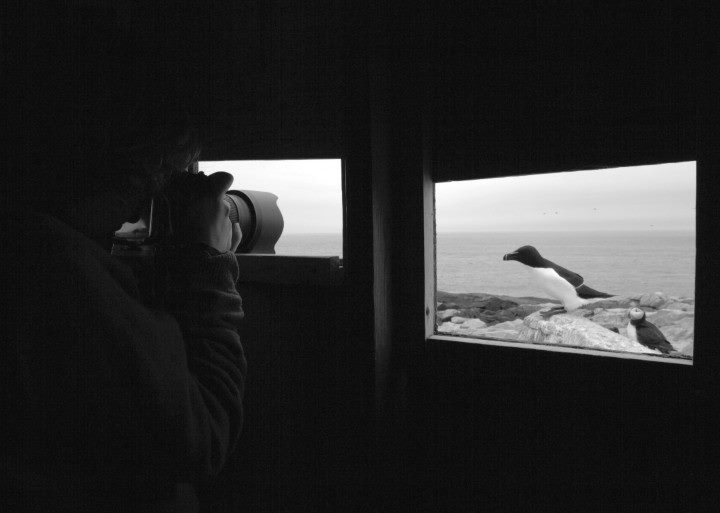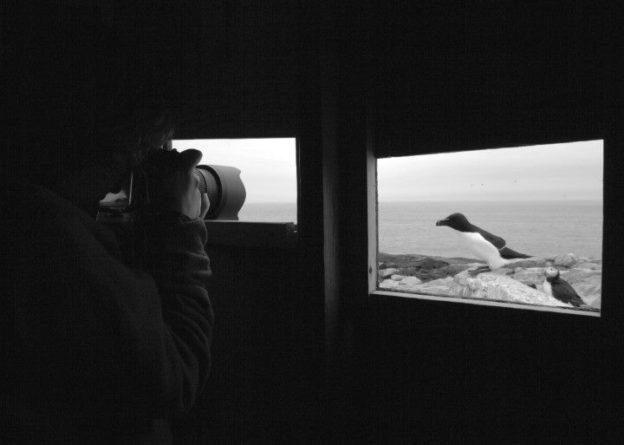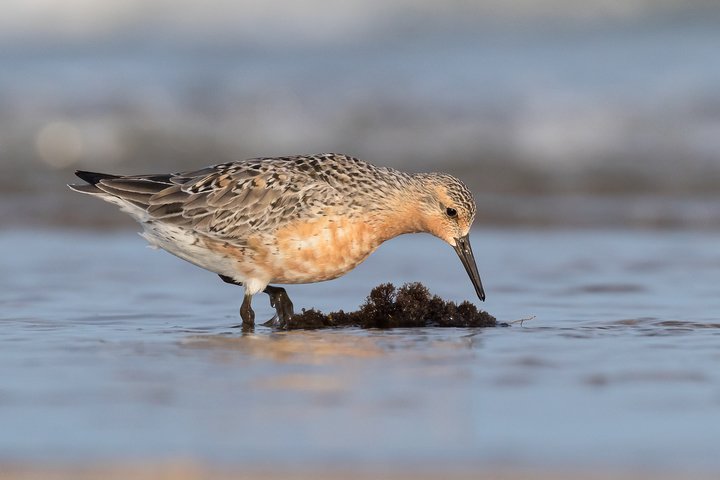Flyways
I lived a good life
and was reborn a sparrow.
Towhee-like
I scratched meals
on the ground
with both feet
but mostly I flew,
threading a needle
through dense thickets,
wheeling in legions
above power lines.
My breast was streaked
white and brown,
my bones
an invention of light.
Crossing low alone
in clearings I felt
I soared:
then a pane of glass
in what had seemed
a clearing.
So the reality
I meant only to pass through
contracted
to an instant
and killed me.
God had mercy
and remade me as
a blackbird.
In the marsh
it was sweet:
I built my nest,
wove a wet cup
about the cattails.
The walls
were bur-reed and rush
the bed inside
grass dry and soft. And oh
I loved the brood
with eyes tight shut.
For my baby
seed of the field,
damselflies
for my baby. But you
do not grow fat–
I paired again,
my mate distinguished
by song:
a choking,
scraping noise
made with much
apparent effort.
Expiring
without legacy
I begged to still
be winged An ivory
gull A plover
A thrush
And mercy
was endless
As a guillemot
I returned
starving slick
in my own color
as murre in
Alaska I starved
as one penguin
of 40,000
Then God blessed me
at last I was a sea bird
in Australia I floated
in the water
I ate everything
the world gave me
And then I was full
O Heaven Then
I realized my need
could not be met
There is an emotional toll, for birders and nature-lovers, in reading so frequently about the scale of bird declines. Summaries of recent scientific papers, updates on population trends, and calls to action can fail to address the sadness and loss readers feel at more bad news. These reactions are just as real as the ecological damage that provokes them, and scholars increasingly recognize them as “ecological grief.” For all the successes of conservation movements, the declines of many species continues unabated, and each feels like a defeat.
Kolding approaches these defeats from a bird’s perspective— in fact, from the perspective of several birds. She treats an indefinite number of birds killed by human activity as reincarnations of one consciousness, condensing a wide and complex range of conservation threats into a linear, tragic story. In so doing, Kolding’s poem resists the treatment of bird deaths as statistics.
While this poem takes ample (and poetically necessary) liberties in ascribing feelings to birds, its poignance is grounded by accurate natural history details and descriptions of real threats. The last passage (“I ate everything the world gave me/ And then I was full… Then I realized/ my need could not be met”) both describes a complex emotion— the dread of living in an unsurvivable world, or of asking in vain for what you need— while also reflecting the reality of how some seabirds die. Plastic pollution kills seabirds because they eat indigestible plastic debris, which accumulates inside them until they starve with a full stomach. (Plastic in the ocean smells like food to seabirds because it grows the same algae as decomposing fish).
In each of Kolding’s vignettes, she frames a scientist’s perspective on birds with a poet’s sensitivity and imagination. The result is a both refreshing and profoundly sad approach to thinking about conservation losses.





